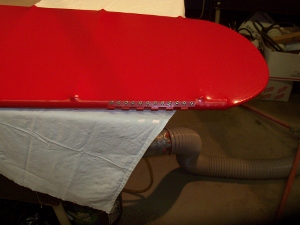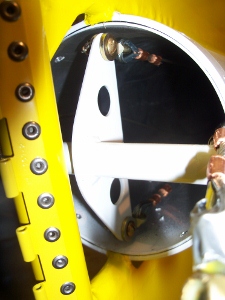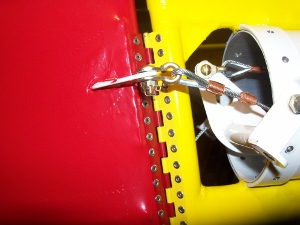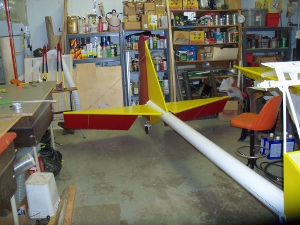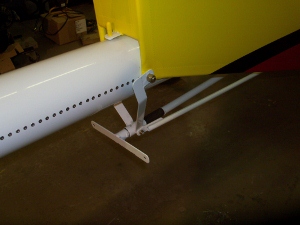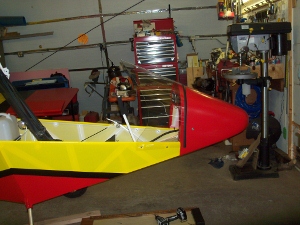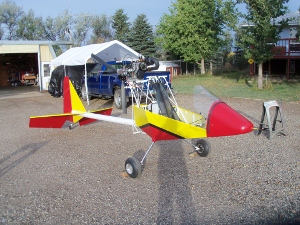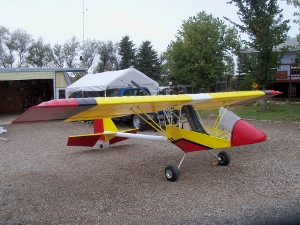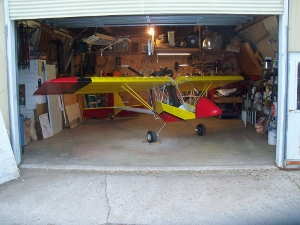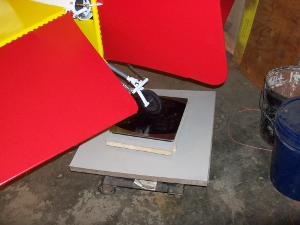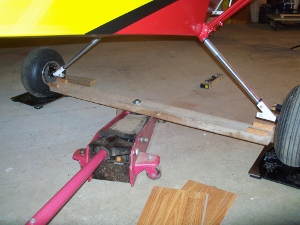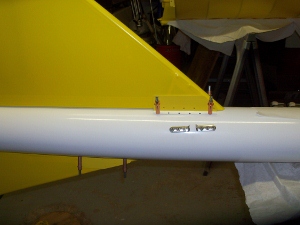
Vertical Stabilizer
The time finally came to start the final assembly with permanent rivets.
There are a lot of rivets to pull, so I splurged and bought a Harbor Freight pneumatic rivet gun. It may not be the best one available, and if I were to build a Firefly that was not a quick build, I would have a quality rivet gun. The cheap one worked fine and saved a lot of effort.
I had a lot of fun building this kit up to this point, but now it was getting exciting!
